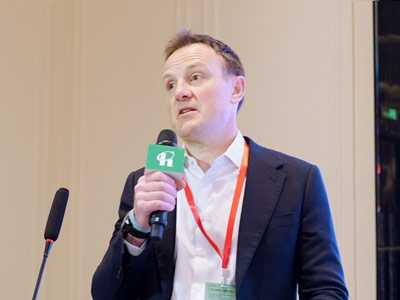Celco DWP Market Update
——Christian Chavassieu, Managing Partner of Celco

His report is divided into four parts:
Part one: Supply. This section introduces the capacity, market share, operating rate, global supply situation, origin, and export conditions of dissolving pulp. In 2024, the dissolving pulp capacity decreased, while the market shares of Brazil and Indonesia continued to rise. The operating rate improved to 82%, leading to ongoing market restructuring. China's export volume of cotton pulp continued to grow, increasing its market share to 52%.
Part two: Demand. This section describes the demand share of cellulose in various fields, the application structure across different regions, the U.S. import situation, and the reasons for the growth in dissolving pulp demand. In 2024, global demand for dissolving pulp grew by 9%, driven by strong overall demand, a recovery in the ether market, and a strengthening textile market.
Part three: Supply & Demand. This part discusses the supply-demand gap for dissolving pulp and forecasts future supply and demand situations. Due to the reduction in dissolving pulp capacity, the supply-demand gap narrowed by 15% to 1.7 million tons in 2024. In the coming years, the supply of softwood dissolving pulp is expected to be tight.
Part four: Pricing. This section explains the import prices in various countries, prices from specialty dissolving pulp suppliers, and the price gap between dissolving pulp and paper pulp. The price of wood chips in Asia is significantly higher than in Europe, and global dissolving pulp prices increased by 2% in 2024 compared to 2023. Since most dissolving pulp transactions are conducted in U.S. dollars, while only 9% of dissolving pulp factories have cash costs calculated in dollars, recent exchange rate fluctuations will have a significant impact on the profitability.





